When we look at a crocodile basking at the edge of a river, we’re witnessing a living fossil—a creature that has remained largely unchanged for millions of years. In contrast, when we see birds soaring through the sky, we rarely make the connection to their prehistoric ancestors. A common misconception is that birds are the closest living relatives to dinosaurs, but the evolutionary story is more nuanced than that. While birds did indeed evolve from theropod dinosaurs, crocodilians actually share a more recent common ancestor with dinosaurs as a whole group than birds do. This article explores this fascinating evolutionary relationship, clarifying why crocodiles, not birds, can claim closer kinship to dinosaurs in the broader sense, while acknowledging the special relationship birds have with theropod dinosaurs specifically.
The Archosaur Family Tree: Where Crocodiles, Dinosaurs, and Birds Fit

The evolutionary relationships between crocodilians, dinosaurs, and birds begin with a group called Archosauria, which emerged about 250 million years ago. This “ruling reptile” clade split into two major lineages: Pseudosuchia (which includes modern crocodilians and their extinct relatives) and Avemetatarsalia (which includes dinosaurs, pterosaurs, and eventually birds). This divergence happened during the Triassic period, setting these groups on different evolutionary paths. While birds evolved specifically from theropod dinosaurs (a subset of the dinosaur family tree), crocodilians are more closely related to the entire dinosaur clade than birds are to non-avian dinosaurs as a whole. This distinction is crucial for understanding the true evolutionary relationships among these groups.
Understanding the Timeline: When These Lineages Diverged

The timeline of archosaur evolution provides important context for understanding relationships. Approximately 250 million years ago, the archosaur lineage split into the crocodilian line (Pseudosuchia) and the dinosaur-pterosaur line (Avemetatarsalia). Dinosaurs then emerged around 230-240 million years ago, diversifying into many groups. Birds specifically evolved from a lineage of theropod dinosaurs called maniraptoran dinosaurs approximately 150-160 million years ago, as evidenced by fossils like Archaeopteryx. This means that crocodilians and dinosaurs shared a common ancestor more recently than the common ancestor of all dinosaurs together, making crocodilians closer relatives to dinosaurs as a whole. Birds represent just one specialized branch of the dinosaur family tree that happened to survive the mass extinction 66 million years ago.
Anatomical Evidence: Crocodilian Features Shared with Dinosaurs
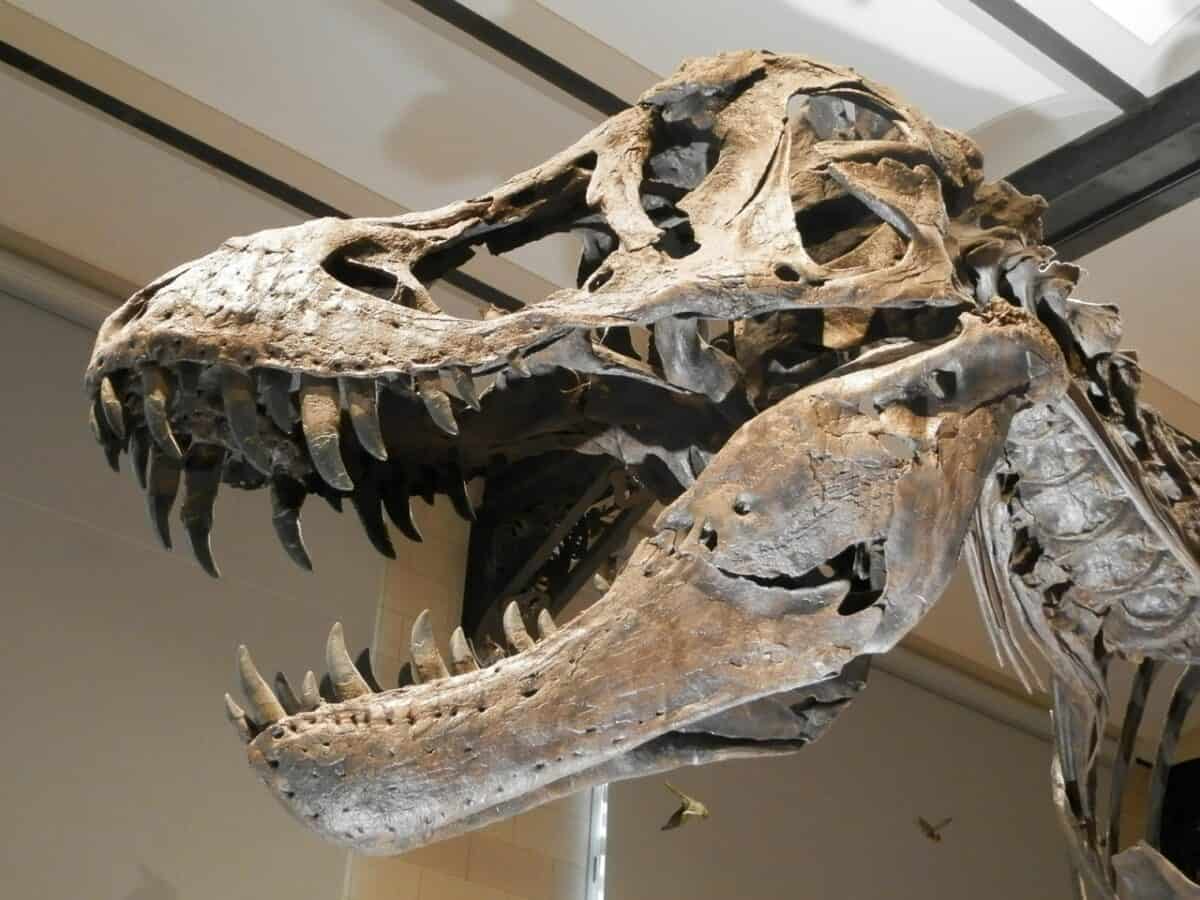
Crocodilians retain numerous anatomical features that were present in the common ancestor they shared with dinosaurs. These include the presence of a secondary palate (which allows breathing while the mouth contains food or is underwater), similar skull fenestrations (openings in the skull), and specific ankle structures. They also share four-chambered hearts, a feature unusual among reptiles. Their skin bears osteoderms (bony plates) similar to those found in many dinosaur groups. Additionally, crocodilians and many dinosaurs share a particular type of joint in their jaw called the prokinetic joint, which increases bite force—something not seen in the same form in modern birds. These shared ancestral features highlight the evolutionary connection between crocodilians and dinosaurs.
Genetic Studies: What DNA Tells Us About These Relationships
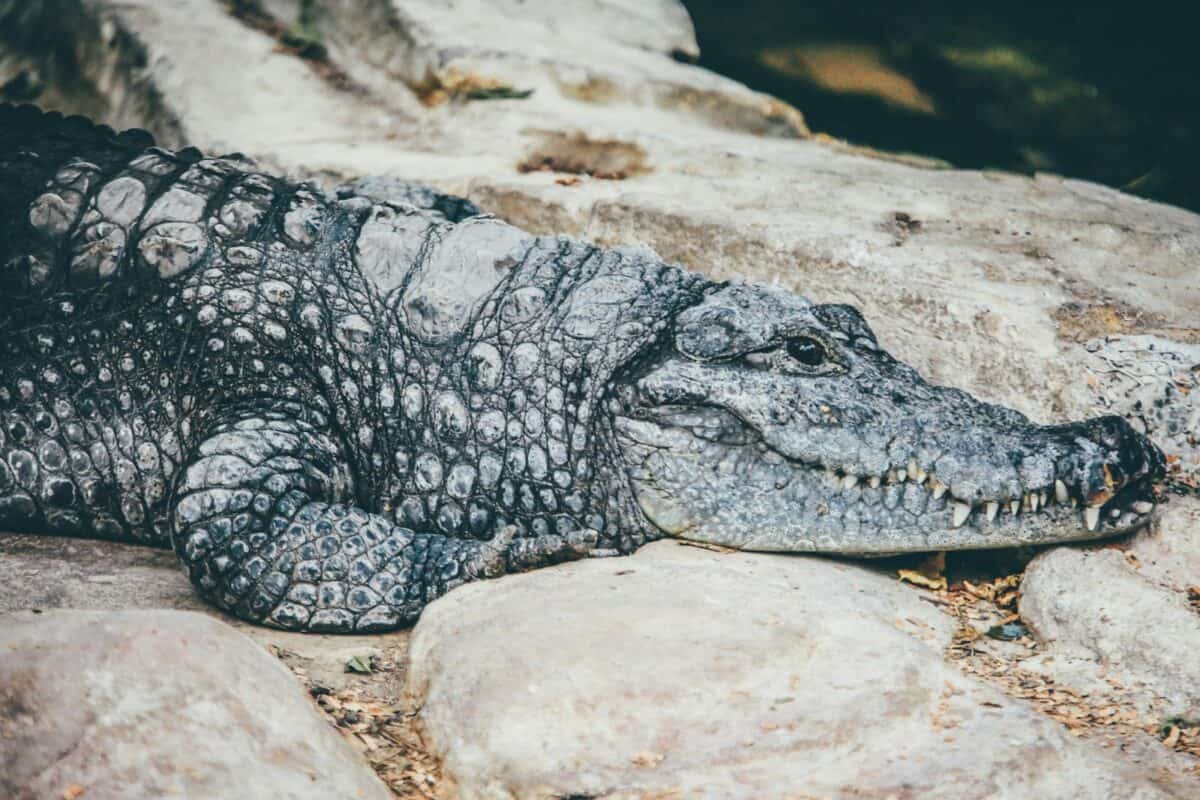
Modern genetic analysis has provided new insights into the relationships between living archosaurs. Studies of crocodilian genomes reveal slower rates of molecular evolution compared to birds, meaning their genetic makeup has remained more similar to their ancient ancestors. One fascinating discovery from molecular studies is that crocodilians and birds share a set of genes that other reptiles lack, confirming their shared archosaur heritage.
Researchers have also identified regulatory elements in crocodilian DNA that are similar to those found in birds, representing vestiges of their common archosaur ancestry. While we cannot directly analyze dinosaur DNA due to its degradation over millions of years, these genetic patterns in living archosaurs help scientists reconstruct the likely genetic features of their shared ancestors and reinforce the special evolutionary position of crocodilians.
The Bird-Dinosaur Connection: A Special Case
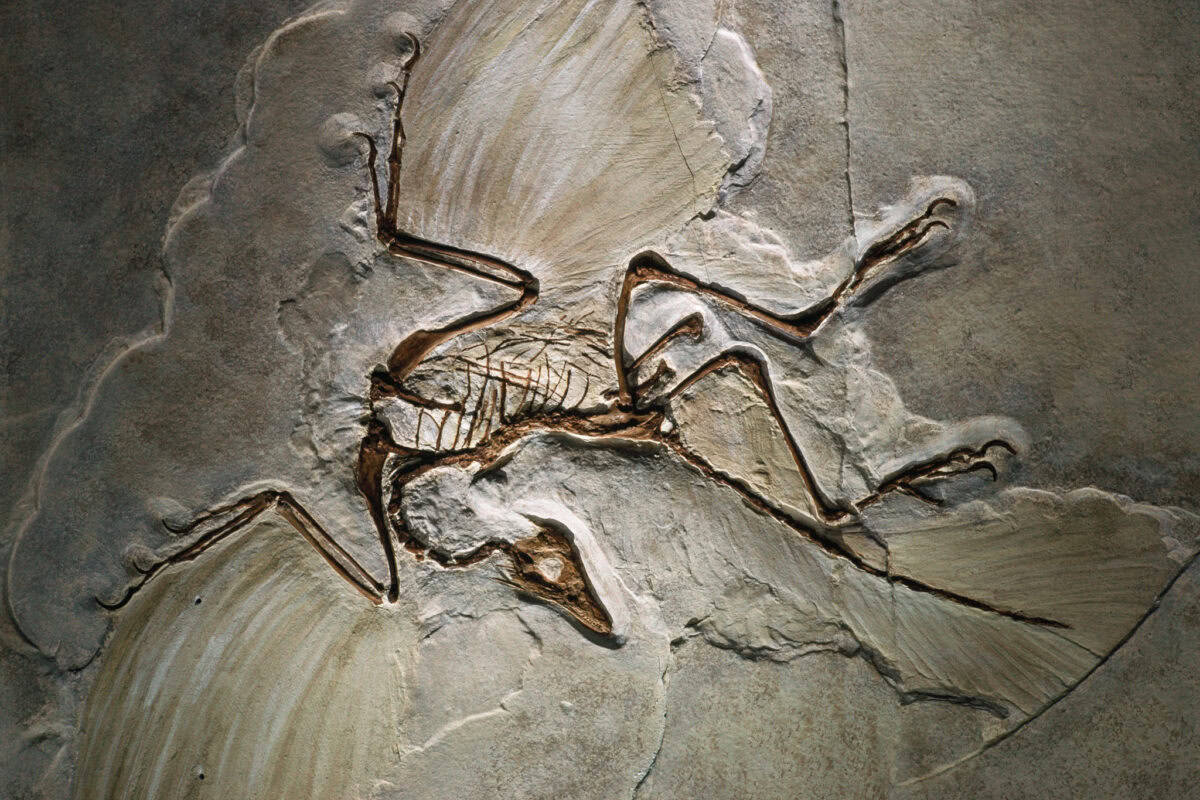
Birds deserve special mention because they are, in fact, living dinosaurs in the strictest cladistic sense. They evolved from a specific group of dinosaurs called theropods, the same group that included Velociraptor and Tyrannosaurus rex. This makes birds technically a subset of dinosaurs rather than just relatives. The transition from non-avian theropods to birds is one of the best-documented evolutionary transitions in the fossil record, with specimens like Archaeopteryx, Microraptor, and Anchiornis showing intermediate stages. However, this bird-theropod relationship doesn’t contradict the fact that crocodilians are closer to dinosaurs as a whole group. It’s similar to how humans are primates, but we’re more closely related to chimpanzees specifically than to lemurs, even though all are primates. Birds represent a highly specialized dinosaur lineage that underwent remarkable adaptations for flight, losing many features that characterized other dinosaurs.
Behavioral Similarities Between Crocodilians and Dinosaurs

Crocodilians exhibit several behaviors that likely mirror those of their distant dinosaur cousins. Perhaps most notable is their parental care—crocodilians guard their nests and protect their young, a behavior that fossil evidence suggests was also common among many dinosaur species. Their complex social structures, including dominance hierarchies and territorial behaviors, may reflect social patterns that existed among dinosaur groups.
Crocodilians also use vocalizations for communication, from the bellowing of males during mating season to the calls between mothers and hatchlings—similar vocal communication is thought to have existed among dinosaurs based on their cranial anatomy. The hunting strategies of crocodilians, including ambush tactics and cooperative hunting observed in some species, may provide insights into how certain dinosaur groups hunted. These behavioral parallels offer tantalizing glimpses into dinosaur behavior that complement the fossil record.
Physiological Connections: Cold-Blooded or Warm-Blooded?
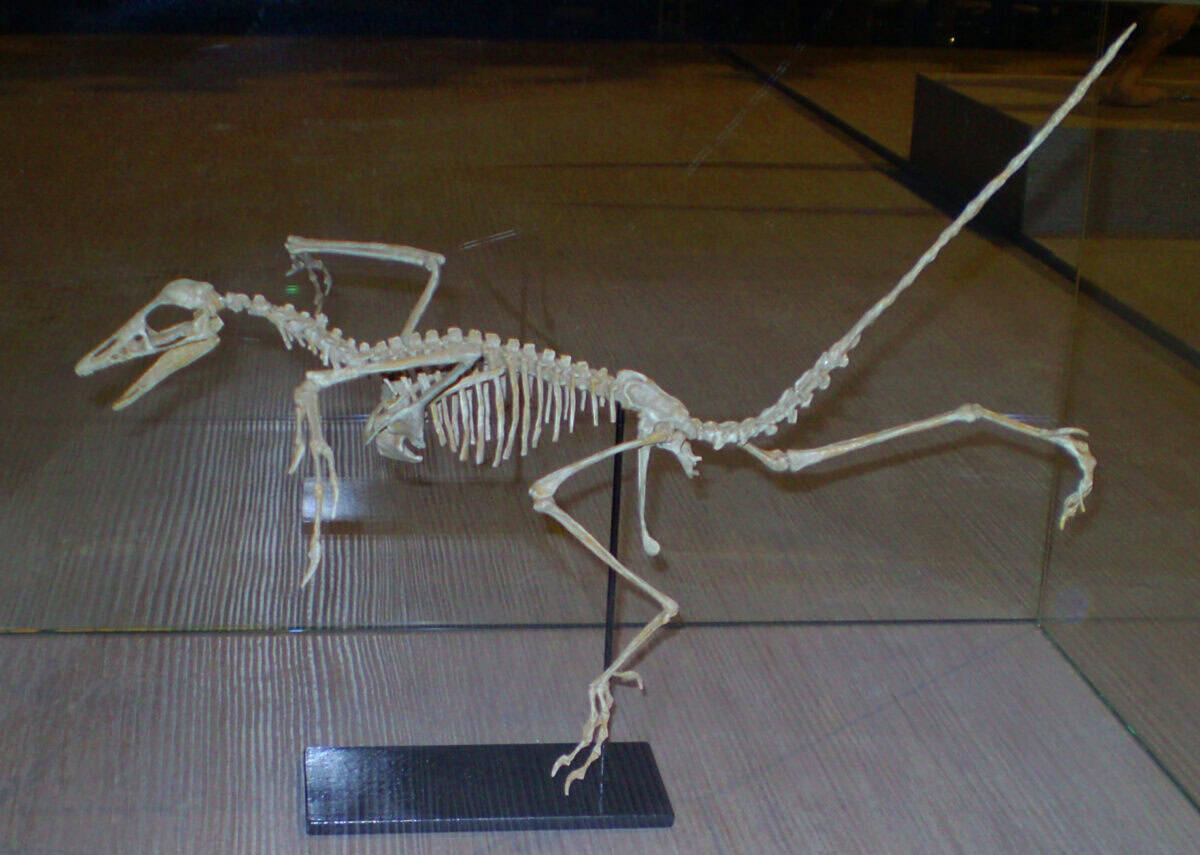
The question of dinosaur metabolism has been debated for decades, and crocodilians provide an important reference point. Modern crocodilians are ectothermic (cold-blooded), regulating their body temperature through environmental means rather than internal metabolic processes. However, evidence suggests that the ancestral archosaurs may have had higher metabolic rates than modern crocodilians. Many paleontologists now believe that dinosaurs had metabolic rates somewhere between those of modern reptiles and birds—what some call “mesothermy.”
Interestingly, studies of growth rates in fossil crocodilians suggest that ancient species may have had higher metabolic rates than their modern descendants. This indicates that modern crocodilians might have undergone evolutionary changes toward lower metabolism, while dinosaurs (including the lineage leading to birds) evolved toward higher metabolism. This physiological divergence represents different adaptive strategies from a common archosaurian starting point.
The Survivorship Question: Why Crocodilians Endured While Dinosaurs Perished

One of the most intriguing aspects of crocodilian evolution is their survival through the Cretaceous-Paleogene extinction event 66 million years ago—the same catastrophe that wiped out all non-avian dinosaurs. This survival provides important insights into the extinction dynamics. Crocodilians’ semi-aquatic lifestyle may have buffered them from the immediate effects of the asteroid impact, with water providing thermal insulation against temperature fluctuations. Their ability to survive for extended periods without food (some crocodilians can go more than a year between meals) likely helped them weather the collapse of food webs.
Additionally, crocodilians have extraordinarily powerful immune systems that help them survive injuries and infections in microbe-rich environments—another potential survival advantage. In contrast, many dinosaur groups may have had higher metabolic requirements and specialized feeding strategies that made them more vulnerable to ecosystem collapse. Only the small, possibly warm-blooded theropod dinosaurs that eventually gave rise to birds managed to survive, suggesting that size, metabolism, and dietary flexibility were key factors in determining which archosaurs would persist into the modern era.
Reproduction and Development: Ancestral Patterns
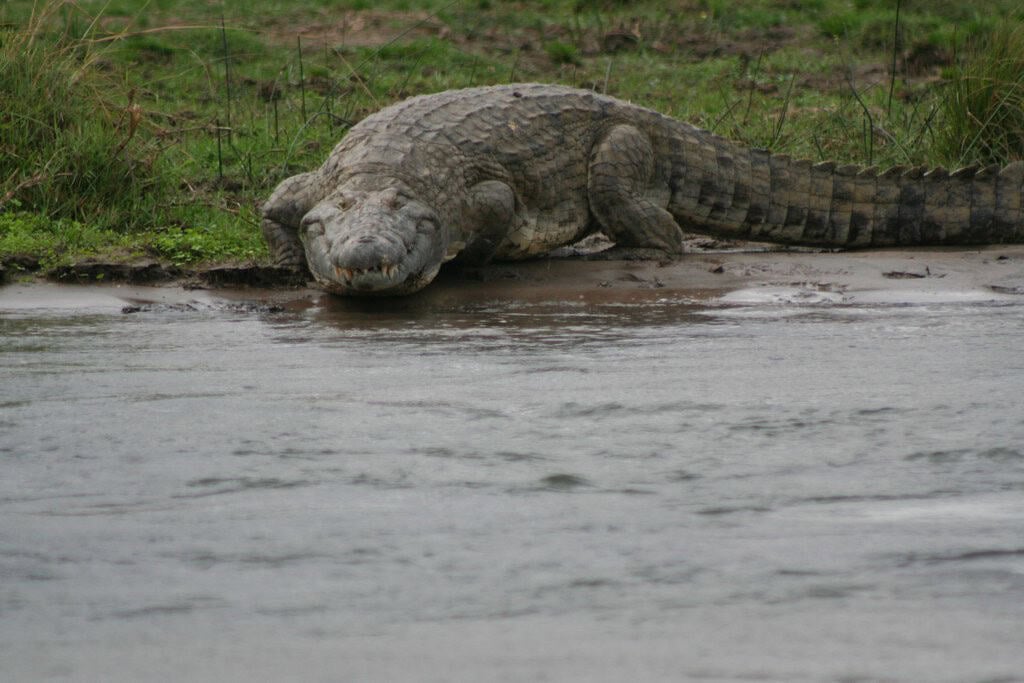
Crocodilians and dinosaurs share significant reproductive similarities that distinguish them from most other reptiles. Both groups produce hard-shelled eggs rather than the leathery eggs of snakes and lizards—a characteristic that evolved in their common archosaur ancestor. Fossil evidence shows that many dinosaurs, like modern crocodilians, arranged their eggs in nests rather than simply burying them or abandoning them.
Temperature-dependent sex determination, where the incubation temperature determines whether eggs develop into males or females, is present in modern crocodilians and was likely present in many dinosaur groups as well. Studies of dinosaur nesting sites suggest parental care similar to that seen in crocodilians, with adults guarding nests and possibly caring for hatchlings. These reproductive parallels provide another line of evidence for the close evolutionary relationship between crocodilians and dinosaurs, reflecting patterns established in their common archosaur ancestors.
The Living Fossil Concept: How Much Have Crocodilians Changed?

Crocodilians are often called “living fossils” because their basic body plan has remained remarkably consistent for over 200 million years. The earliest true crocodilians appeared in the Late Triassic period, and fossils from that era show animals strikingly similar to modern species. However, this apparent morphological stability masks significant diversity in the crocodilian lineage throughout evolutionary history. Prehistoric crocodilians included fully terrestrial forms with longer legs adapted for running, fully marine species with paddle-like limbs, and even herbivorous species with specialized teeth for plant consumption.
Modern crocodilians represent only a small subset of the ecological diversity once present in this group—the semi-aquatic ambush predators that proved most resilient to changing environments and extinction events. Their apparent lack of change is partly due to the effectiveness of their body plan for their specialized ecological niche and partly due to our limited perspective, as we only see the surviving lineages rather than the full diversity of extinct forms. This evolutionary history contrasts with dinosaurs, which underwent dramatic diversification before most lineages became extinct.
Modern Research: Changing Views on Evolutionary Relationships

Scientific understanding of archosaur relationships has evolved significantly in recent decades. The traditional view that birds are simply relatives of dinosaurs has given way to the recognition that birds are theropod dinosaurs, representing a surviving dinosaur lineage. Simultaneously, advanced phylogenetic methods have clarified the position of crocodilians as the closest living relatives to all dinosaurs (including birds). Modern research techniques, including cladistic analysis, molecular phylogenetics, and developmental biology, have all contributed to this refined understanding.
Studies of embryonic development have been particularly revealing, showing how birds and crocodilians share developmental patterns inherited from their common archosaur ancestors. Paleontological discoveries continue to fill gaps in our knowledge, with transitional fossils providing insights into how these lineages diverged and evolved. One exciting frontier is the field of paleoprotein analysis, which has successfully recovered protein fragments from some dinosaur fossils, potentially allowing for direct molecular comparisons between extinct dinosaurs and living archosaurs. This ongoing research continues to refine our understanding of these fascinating evolutionary relationships.
Conclusion: Reframing Our Understanding of Evolutionary Relationships
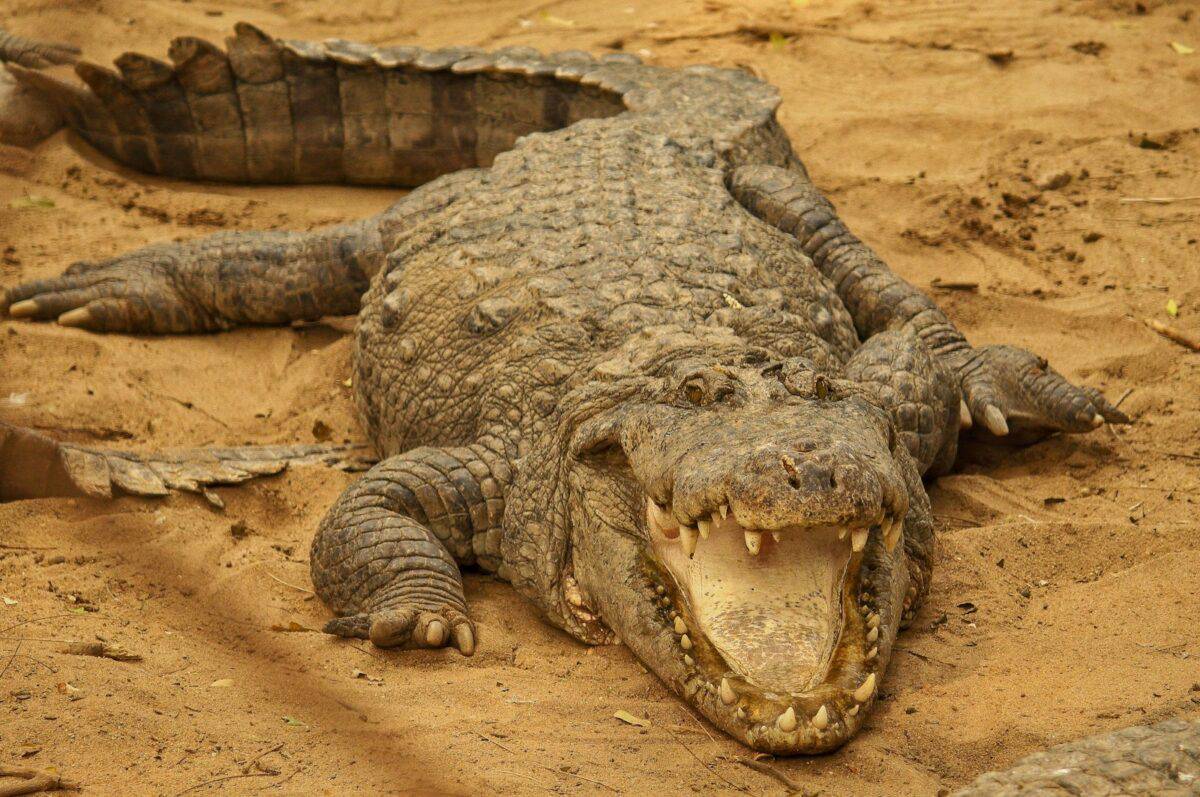
The evolutionary relationships between crocodilians, dinosaurs, and birds represent a fascinating case study in how scientific understanding evolves and how popular perceptions can sometimes lag behind current knowledge. While birds are indeed living dinosaurs—descended from a specific lineage of theropod dinosaurs—crocodilians remain the closest living relatives to dinosaurs as a complete group. This distinction helps us better understand the archosaur family tree and the diverse evolutionary pathways that emerged from common ancestors.
Crocodilians provide an invaluable window into archosaur biology, potentially preserving ancestral features that were present in early dinosaurs but lost in the bird lineage through adaptations for flight and other specialized traits. As we continue to study these remarkable animals and uncover new fossils of their extinct relatives, our picture of archosaur evolution becomes increasingly detailed and nuanced, reminding us that evolutionary relationships are often more complex than simple linear narratives suggest.
- Eagles vs. Snakes: Who Would Win? - August 9, 2025
- Why Pandas Were Once Nearly Extinct—and How China Saved Them - August 9, 2025
- This Fish Has the Most Teeth in the Ocean—And Uses Them Well - August 9, 2025

